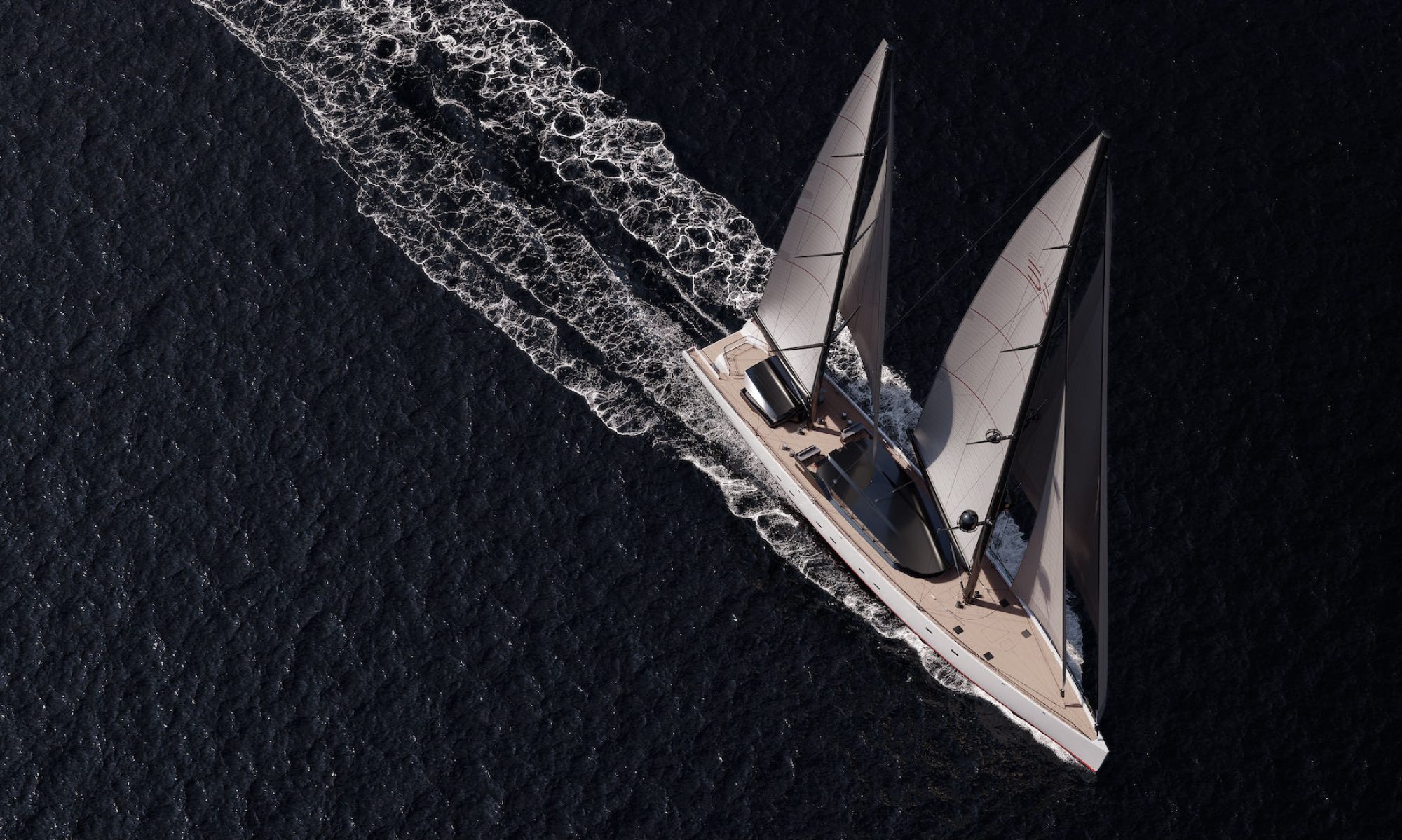[et_pb_section fb_built=”1″ custom_padding_last_edited=”on|desktop” disabled_on=”on|on|on” admin_label=”Blog Header | Full Width Image” _builder_version=”4.14.1″ custom_padding=”25px||||false|false” custom_padding_tablet=”25px||0px||false|false” custom_padding_phone=”” disabled=”on” global_colors_info=”{}”][et_pb_row _builder_version=”4.4.0″ width=”100%” max_width=”100%” custom_padding=”0px|||||” global_colors_info=”{}”][et_pb_column type=”4_4″ _builder_version=”4.4.0″ global_colors_info=”{}”][et_pb_image src=”https://iddesyachts.com/wp-content/uploads/2021/06/Iddes-Yachts-Ivan-Salas-Jefferson-Yacht-Design-EARTH300-Vessel-4-1.jpeg” _builder_version=”4.4.0″ custom_padding=”||||true|false” global_colors_info=”{}”][/et_pb_image][/et_pb_column][/et_pb_row][/et_pb_section][et_pb_section fb_built=”1″ admin_label=”Blog Body” _builder_version=”4.4.0″ custom_padding=”0px|||||” global_colors_info=”{}”][et_pb_row _builder_version=”4.4.0″ global_colors_info=”{}”][et_pb_column type=”4_4″ _builder_version=”4.4.0″ global_colors_info=”{}”][et_pb_text _builder_version=”4.4.0″ text_font=”Encode Sans||||||||” text_text_color=”#474747″ background_size=”initial” background_position=”top_left” background_repeat=”repeat” text_font_size_tablet=”” text_font_size_phone=”” text_font_size_last_edited=”on|phone” global_colors_info=”{}”]
- The large vessel will be able to carry 400 people including 160 scientists and 165 crew as it travels the world
- It contains 22 cutting edge laboratories that come equipped with artificial intelligence and robotics systems
- It is powered by a Molten Salt Reactor, a type of nuclear power generator that operates at low pressure
- Its developers say it unites both science and exploration to take on some of the biggest challenges on Earth
- These major challenges include climate change, food and water security, education and global pandemics
[/et_pb_text][et_pb_text _builder_version=”4.4.0″ text_font=”Encode Sans||||||||” text_text_color=”#474747″ background_size=”initial” background_position=”top_left” background_repeat=”repeat” text_font_size_tablet=”” text_font_size_phone=”” text_font_size_last_edited=”on|phone” global_colors_info=”{}”]
An emission-free ‘nuclear powered’ 984ft-long science exploration vessel, as large as the world’s longest cruise ship will launch in 2025 with 22 cutting edge laboratories and over 400 people on board.
The Earth 300 vessel has been designed to ‘unite science and exploration to confront Earth’s greatest challenges,’ according the founder of Iddes Yacht, manufacturer of the ship, Salas Jefferson, who says it will cater for about 160 scientists at one time.
The ship will be packed with green technology, a ‘science sphere’, and will be powered by a Molten Salt Reactor, a type of nuclear power generator that uses molten fluoride salts as a coolant and operates at low pressure.
When launched, it will act as an ‘extreme technology platform for science, exploration and innovation at sea’, according to Iddes, who say its 22 laboratories will be equipped with robotics and artificial intelligence systems.
[/et_pb_text][et_pb_text _builder_version=”4.14.1″ text_font=”Encode Sans||||||||” text_text_color=”#474747″ background_size=”initial” background_position=”top_left” background_repeat=”repeat” hover_enabled=”0″ text_font_size_tablet=”” text_font_size_phone=”” text_font_size_last_edited=”on|phone” global_colors_info=”{}” link_text_color=”#0C71C3″ sticky_enabled=”0″]
Featuring naval architecture by the NED Project, Earth 300 will introduce ‘features found on cruise, expedition, research and luxury yachts but she will be none of them,’ said Earth 300 chief executive Aaron Olivera.
The firm behind the design say it will have a ‘science city’ inside a huge sphere, an observation deck and an interior dedicated to scientific research and expedition.
The design phase for the vessel is done, with construction due to begin soon on the massive floating city that will be larger than the Titanic and about the length of three soccer pitches.
The Earth 300 will also carry a fleet of advanced underwater vessels to help with deep-sea studies, and a helicopter to allow people to travel to and from the ship and explore the ocean fro the air, according to Jefferson.
‘We wanted to create a design that would inspire. When one looked at the sphere, we wanted them to be inspired to protect Earth,’ he said in a statement.
‘When one would walk into the sphere, now housing the science city, and felt the action of all the ongoing scientific works, we wanted them to be inspired to become an alchemist of global solutions.’
Accommodation will be for a total of 160 scientists, 20 experts-in-residence, 20 students, 40 VIP guests and 165 crew to support the residents and visitors on board.
View on Daily Mail
[/et_pb_text][/et_pb_column][/et_pb_row][/et_pb_section]

